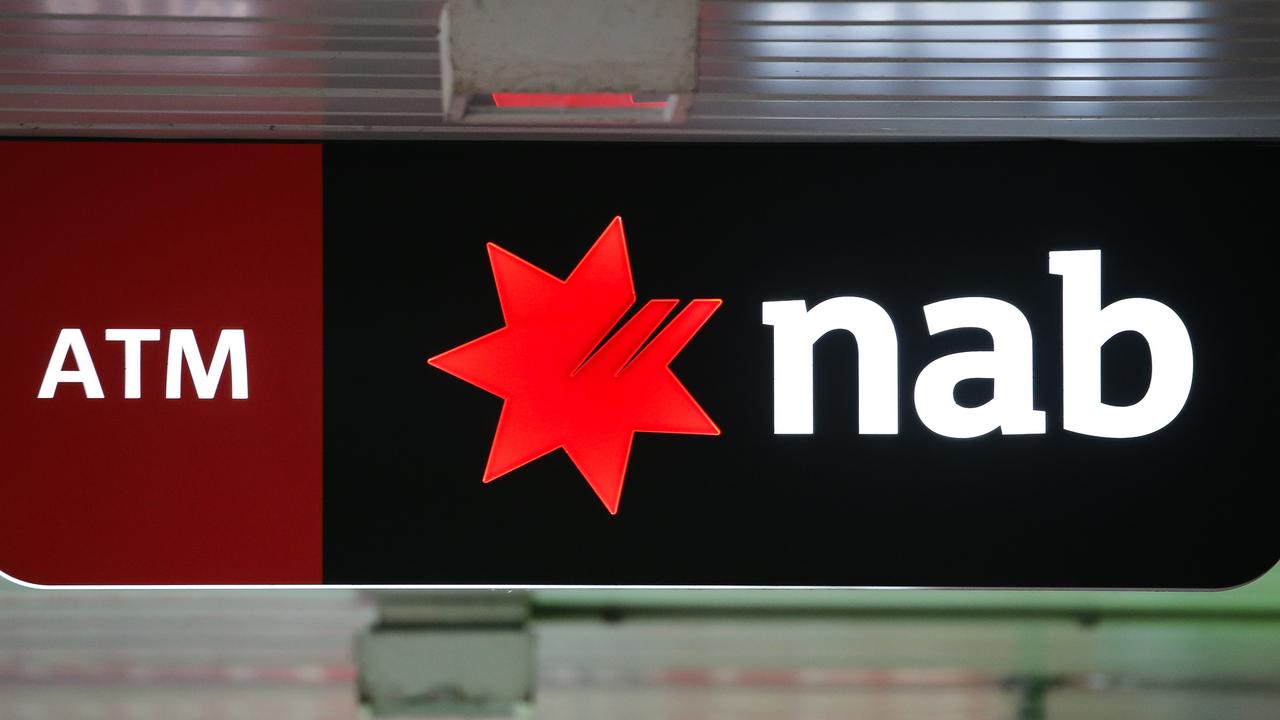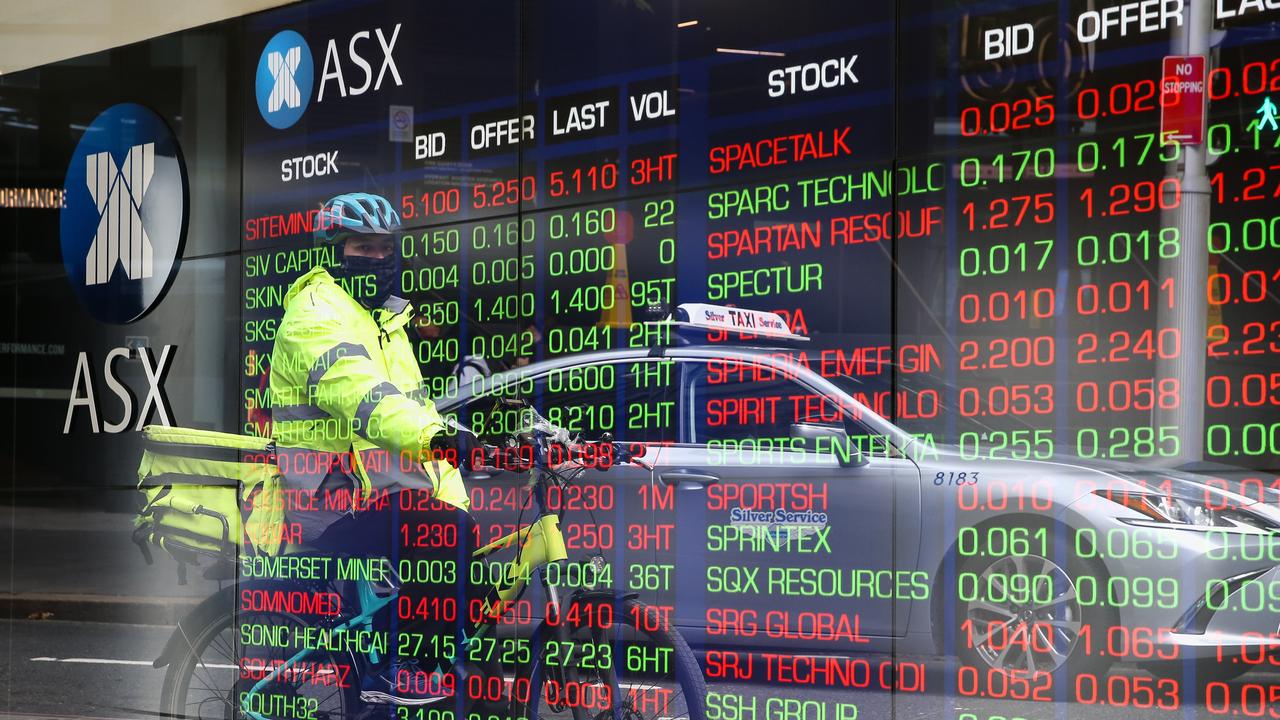Dollar soars on good eurozone news
THE dollar rose by as much as three US cents today in response to co-ordinated moves by global central banks to deal with the effects of the European debt crisis.
THE dollar rose by as much as three US cents today in response to co-ordinated moves by global central banks to deal with the effects of the European debt crisis.
Last night, Australian time, central banks from the eurozone, as well as Canada, Britain, Japan, the US and Switzerland said they would take measures to lower the cost of borrowing and provide funds to cash-strapped commercial banks in Europe.
The dollar reacted strongly to the news, with the local unit reaching its highest level in almost three weeks before easing by around a half US cent.
The local currency posted an intraday high of 102.83 US cents this morning after finishing yesterday's local session at 99.92 cents.
By 5pm (AEDT) today, the dollar was trading at 102.25 US cents.
RBC Capital Markets senior currency strategist Sue Trinh said the dollar eased a little after reaching its intraday high.
"After the explosive move higher in risk assets yesterday, consolidation set in during the Asian session though risk assets maintained a latent bid," she said.
"Note that after the central bank actions yesterday, it is now cheaper for foreign banks to borrow US dollars from their local banks than it is for US banks to borrow US dollars from the US Federal Reserve.
Ms Trinh said it was plausible the market would interpret this as a negative for the US dollar, which could give the dollar a further boost.
At 5pm (AEDT), it was at 79.46 Japanese yen, up from yesterday's close of 77.82 yen, and at 75.98 euro cents, up from 74.97 euro cents.
Australian bond prices dropped after major central banks announced they would lower the cost of borrowing and provide funds to cash-strapped European commercial banks.
National Australia Bank head of research Peter Jolly said a raft of positive economic news from overseas, particularly the move from the six central banks, helped to drive down bond prices.
"I think there has been a bit of a lift in the gloom," he said.
"Investors had been sheltering from the storm in the safety of government bonds and some of that was taken away."
Ten-year and three-year bond futures remained lower throughout the day despite the release of weaker than expected Australian retail trade and building approval data.
Mr Jolly said the market was continuing to price in an interest rate cut next month but the overnight developments in Europe and a Chinese government decision to cut bank reserve levels to help spur growth meant the Reserve Bank of Australia (RBA) was more likely to retain the current cash rate.
"I think the developments over the past 24 hours have made it more likely than not that the RBA will sit here and hold next week."
At 4.30pm (AEDT) the ten-year bond price was 95.960 (implying a yield on 4.040 per cent), down from 96.035 on Wednesday (3.965 per cent).
Three-year bonds were at 96.730 (3.270 per cent), down from 96.840 (3.160 per cent).
The RBA's trade weighted index was at 75.9 today, up from 74.6 yesterday.



